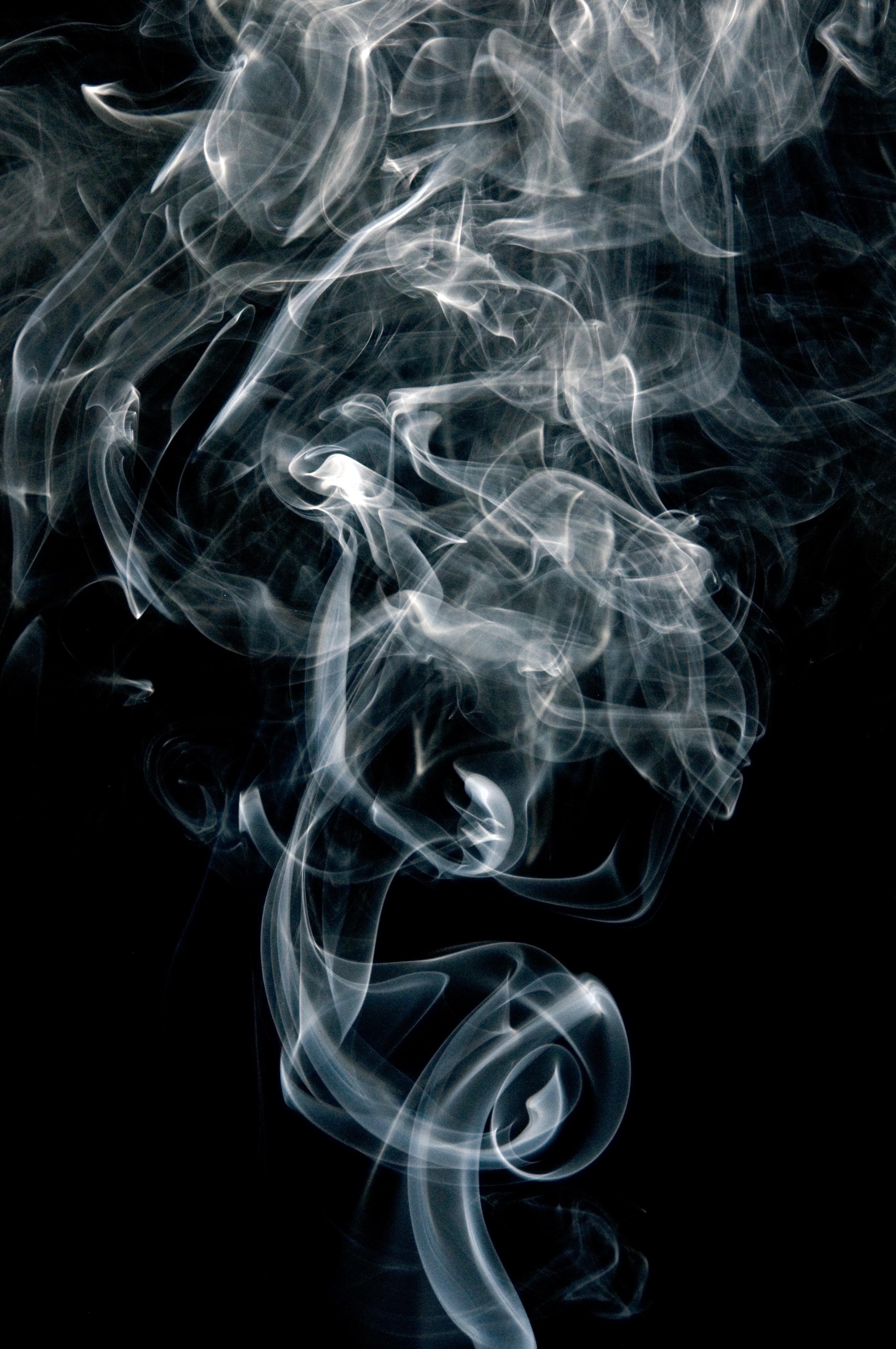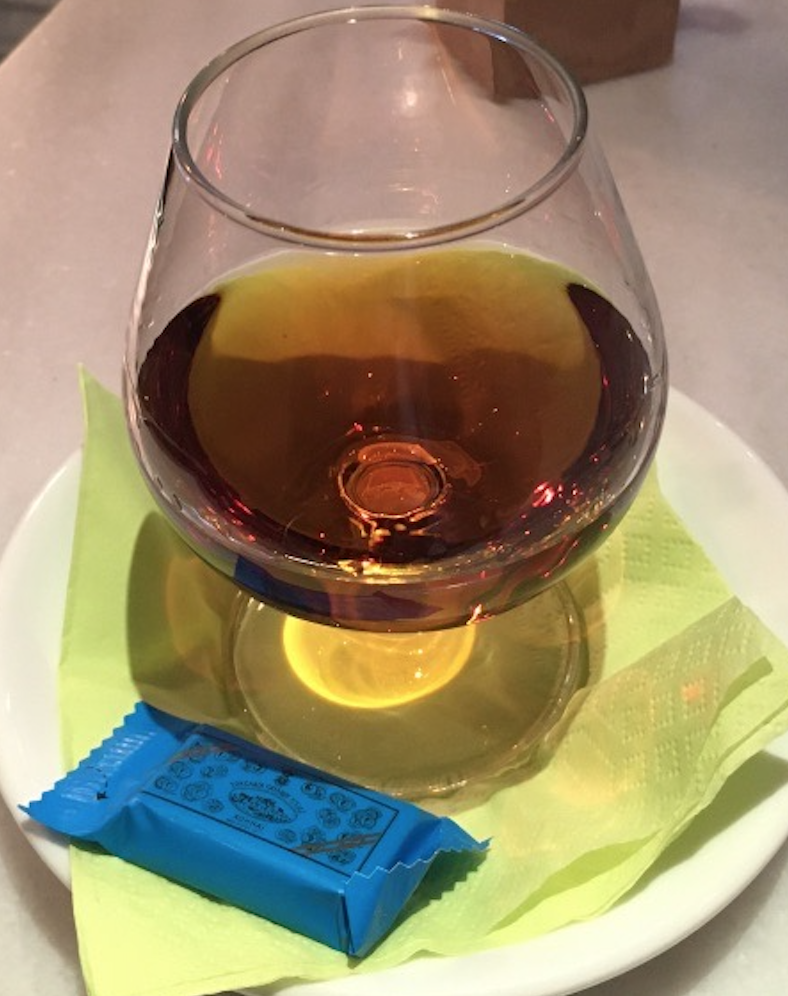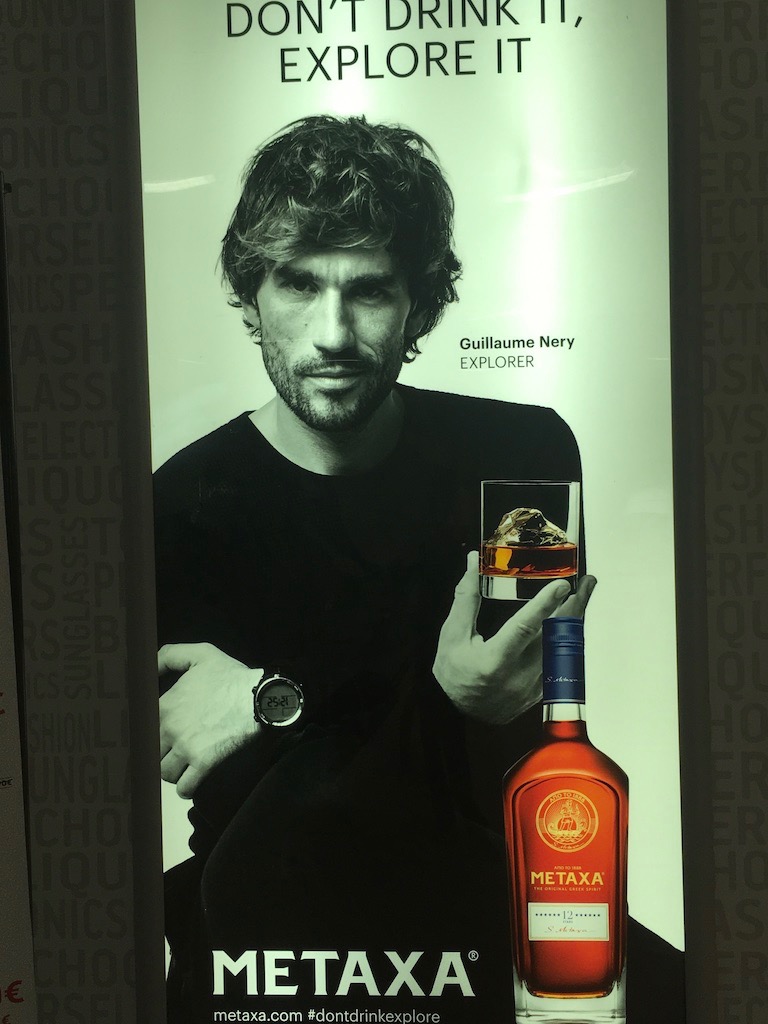Smoke, Coke & Something To Come Back To
By Alice Feller
I was twenty years old when I took up smoking, fully planning to become addicted. In my future life as a social worker I saw myself ministering to heroin addicts. To truly understand what they were facing, I thought, I should experience addiction for myself. Nothing prolonged, just a quick in and out. Also, I wanted to lose ten pounds.
We had a cigarette machine, of course, in the lobby at Barrington Hall, and one of my duties as the switchboard manager was to cart away last year’s stale cigarettes after they’d been replaced with fresh stock. I would smoke up those old cigarettes and then quit.
 Five years later I was in Pittsburgh, starting medical school, still trying to kick the habit. The school had a snack bar on the ground floor, with little Formica tables where we drank coffee between classes. There were ashtrays, too, for the smokers. It was just us students there except for Melanie Graves. She was not much older than we were, a humble and quiet woman who always had a cigarette going. She’d be one of our teachers next year, when we took pathology. I was dreading pathology, knowing we’d be looking at lungs full of cancer. I’d be helplessly smoking, terrified of what it was doing to me.
Five years later I was in Pittsburgh, starting medical school, still trying to kick the habit. The school had a snack bar on the ground floor, with little Formica tables where we drank coffee between classes. There were ashtrays, too, for the smokers. It was just us students there except for Melanie Graves. She was not much older than we were, a humble and quiet woman who always had a cigarette going. She’d be one of our teachers next year, when we took pathology. I was dreading pathology, knowing we’d be looking at lungs full of cancer. I’d be helplessly smoking, terrified of what it was doing to me.
One day I joined Dr. Graves at her little table.
“You see cancerous lungs all the time,” I said. “How can you keep smoking?”
She gave a long, sad sigh. “I’m always trying to quit, but then I get a frozen section from a patient with possible breast cancer. They put the surgery on hold while I look at the slide to determine if it’s malignant or not. As soon as I get that slide I reach for a cigarette.”
I felt sorry for her, and still more worried for myself. If Melanie Graves couldn’t quit, with everything she saw, my own chances looked dismal. I woke up every morning planning to stop, and every day I’d be down at that corner store, buying another pack.
Then out of nowhere my mother arranged for me and my sister Helen to spend a week together at our grandparents’ cottage in Michigan. I figured if there was ever going to be a chance for me, that would be it. I didn’t want people watching me while I tried to quit. I wasn’t sure if I’d be able to do it and having an audience would make it impossible. But Helen had no idea that I was struggling with this problem, and I didn’t tell her.
The first thing I saw when we got to the cottage was a long, barely smoked cigarette lying in a large glass ashtray on the card table in the living room. I could rip the filter off (for aesthetic purposes) and smoke the rest of it unfiltered. I’d done that a few times.
That almost whole cigarette burned a hole in my brain. You might think I’d throw it out just to make everything simple and safe. Instead I hid the ashtray on a high shelf in the pantry. Just in case.
Helen and I had the cottage to ourselves. We sailed on the lake, played cards, read our books and talked. We saw just enough of the aunts and uncles and cousins to be appropriately sociable. By the end of the week I’d eaten twenty-one meals at the dining hall without smoking a cigarette afterwards. I’d drunk coffee every day without a cigarette to go with it. I retrieved the big glass ashtray from the pantry, threw away that disgusting cigarette butt, wiped out the ashtray and put it back on the card table.
Back at school that fall I bought my copy of Big Purple, our huge pathology textbook. I lugged Big Purple home with me and turned to the section on lung cancer. Amazingly, my chances of getting lung cancer from smoking were only six percent. All that struggle for six percent? I felt cheated.
On the other hand, Melanie Graves never came back to teach us. We learned she’d died of lung cancer.
*
At the end of our second year each of us medical students had to find an independent study project for the summer. It could be anything we chose, anywhere, as long as it was medical. Vaguely medical was okay. I’d gotten a clerkship in Erie, PA, where I’d be trailing after a family practice doctor. Then I saw a posting for San Francisco. “Drug Abuse Training Program for Medical Students,” at the Haight Ashbury Free Clinic.
I knew that fleeing to California and spending a summer in the Haight wasn’t going to advance my career in medicine. I told myself I should go to Erie, but instead I flew home to San Francisco. The Summer of Love had ended eight years earlier and left behind an epidemic of heroin addiction. The Haight was a grimy place, full of dirt and dog shit, but for me it was an oasis of happiness.
Daryl Inaba, the Free Clinic pharmacist, was our chief instructor. Daryl did his best to be in solidarity with us, the freaks who chose to turn our backs on the straight world of medicine and spend summer in the Haight. Daryl’s long hair hung down to his shoulders and flopped into his face. But he understood what we wanted to know. Like, how can you tell addiction from recreational use? “The definition of addiction,” he said, “is compulsive drug use, with inability to stop in spite of adverse consequences.” He repeated it like a mantra, to drill it into our minds.
He told us about the various methods of taking heroin. IV injection leaves tracks, transmits disease and risks pulmonary embolism when the drug is cut with talc. Much better, he explained, is to smoke it. You heat the drug and inhale the smoke through a straw. “Chasing the dragon,” he called it. He said it with a certain relish, as if he could see that little smoking dragon.
Daryl never struck me as any kind of drug user. Underneath his long hair he was totally straight. But he tried to include himself in the world of drug addicts. He was addicted to coffee! Like the IV drug addicts, who pull back on the needle to see the blood (“jacking off the needle,” he explained), Daryl had a special ceremony for using his drug of choice. He ground the beans! I found it endearing.
 He explained the chemistry of crack cocaine as well. “That white powder we all know,” he said, “cook it with baking soda and you get crack, which you can smoke. So much more efficient than putting it up your nose.”
He explained the chemistry of crack cocaine as well. “That white powder we all know,” he said, “cook it with baking soda and you get crack, which you can smoke. So much more efficient than putting it up your nose.”
We had no medication to offer the crack users. But we had drugs to cope with heroin withdrawal. Darvon-N to stop the drug craving, Tylenol for pain, Bentyl for diarrhea and Librium for anxiety. The Darvon-N was supposed to be tapered over six days—six the first day, five the second day and so on till the heroin withdrawal ended. But often our clients took the first day’s pills and never came back. Or just as often, they’d make it all the way through withdrawal and then relapse. Daryl said, “We give them drugs to bribe them into counseling.”
I spent hours each day at the Detox Clinic, counseling heroin addicts, and I found myself unexpectedly charmed by my patients. One of my classmates, a clean-cut guy from Oklahoma who worked at the Detox Clinic with me, expressed the same sense of wonder. “I just listened to that guy for an hour,” he said. “And right now he’s probably stealing the radio out of my car.” He laughed at the irony. “And I like him. I want to see him back.”
At the end of summer I went back to Pittsburgh, where we gathered in small groups to tell about our projects. While I recounted my experiences treating heroin addicts in San Francisco, one of the faculty leaned over to the prof next to him and spoke loud enough for me to hear. “What a waste,” he said. “Let ‘em die.”
I knew that heroin addicts were pariahs. But his words only pushed me further in the direction I’d always been headed. Somehow, these outcasts were my people.
*
In the 1980’s, Oakland was swamped with crack cocaine. In 1984 I went to work at Kaiser Oakland, with a mandate to revamp their substance abuse program. When I arrived it was staffed by a skeleton crew of two part-time nurse practitioners and one psychiatrist, who was leaving.
We got together, the nurses and I, and designed a new program. We stopped writing prescriptions for Valium and started groups. Groups for recovering alcoholics, groups for ACA’s (adult children of alcoholics) and groups for recovering cocaine addicts. We ran evening clinics so people with jobs could come after work. We hired two psychologists, doubling the size of our staff.
We visited local twelve-step meetings and made up a list of the good ones to recommend for our patients. I’d never been to an AA meeting and it wasn’t like what I’d seen in the movies. No one was put on the spot, or even asked for their name. Instead I felt a sense of safety. There was a check-your-weapons-at-the-door feel to those meetings.
 We cultivated the same spirit of intentional kindness in our Kaiser groups. Our alcohol groups and our ACA group were fun to lead, and seemed to be helpful, often in ways that surprised me. One woman came to our alcohol group for months, but never said a word. Then she told me when we met privately that the group had been enormously helpful. She had quit drinking and was staying sober. All my experience with therapy was the one-on-one kind, where if you didn’t talk, you got nothing out of it. But it seemed that just sitting in that group and listening could be powerful.
We cultivated the same spirit of intentional kindness in our Kaiser groups. Our alcohol groups and our ACA group were fun to lead, and seemed to be helpful, often in ways that surprised me. One woman came to our alcohol group for months, but never said a word. Then she told me when we met privately that the group had been enormously helpful. She had quit drinking and was staying sober. All my experience with therapy was the one-on-one kind, where if you didn’t talk, you got nothing out of it. But it seemed that just sitting in that group and listening could be powerful.
Our cocaine group was huge, jumpy and angry. People were desperate for relief, and we couldn’t provide much. Cocaine floods the brain with dopamine. In withdrawal the brain is starved for dopamine, leaving the user unable to experience pleasure or hope. The only thing that relieves that misery is more of the same drug.
People told of digging between the couch cushions for crumbs and everybody nodded. They’d been there too. Till the advent of crack, these addicts had normal, working lives with families and jobs. They had no history of mental illness or substance abuse. Then they would smoke crack cocaine or freebase (crack in its purified form), usually at a party, with friends.
That first experience worked on their minds. They found themselves craving the drug in a way they’d never imagined. They didn’t recognize themselves. Money flew out of their savings, husbands or wives left, houses were lost, and they moved in with their mothers. The last thing to go was always their employment, as they needed money to fund their habits. When their work suffered, the HR managers referred them to us for treatment, as a condition of keeping their jobs. The story was depressingly routine.
We saw people of privilege in our clinic, people with expensive educations and successful careers, who were sucked into that same dark world. They lost houses, their health suffered, and they disappeared from their former lives. Often it took repeated failures at rehab before they recovered, if they did recover.
One of our patients, a postdoc at Cal, fell into this drug-soaked world. Before that he’d been passionate about his research and happily spent long hours in the lab. Then he took a leave of absence from the University and sank out of sight.
A year later he came back to our clinic, sober and restored to his former life. I asked him how he’d done it.
He said, “I had something to come back to.”
Author’s note: All names and identifying information have been changed for reasons of confidentiality.
![]()
Alice Feller
Alice Feller is a practicing psychiatrist and writer. She has worked in hospital emergency rooms, psychiatric wards, chemical dependency programs and since 2017 at a clinic in East Oakland. Her writing, focused on mental health and homelessness, has appeared in the East Bay Express, the Laney Tower, fort da and Interconnecting Circles, as well as the opinion pages of the San Francisco Chronicle and the New York Times. She has a private practice in Berkeley, California, where she lives with her husband. She enjoys hiking with her friends and family and reading mystery stories.

Leave a Reply